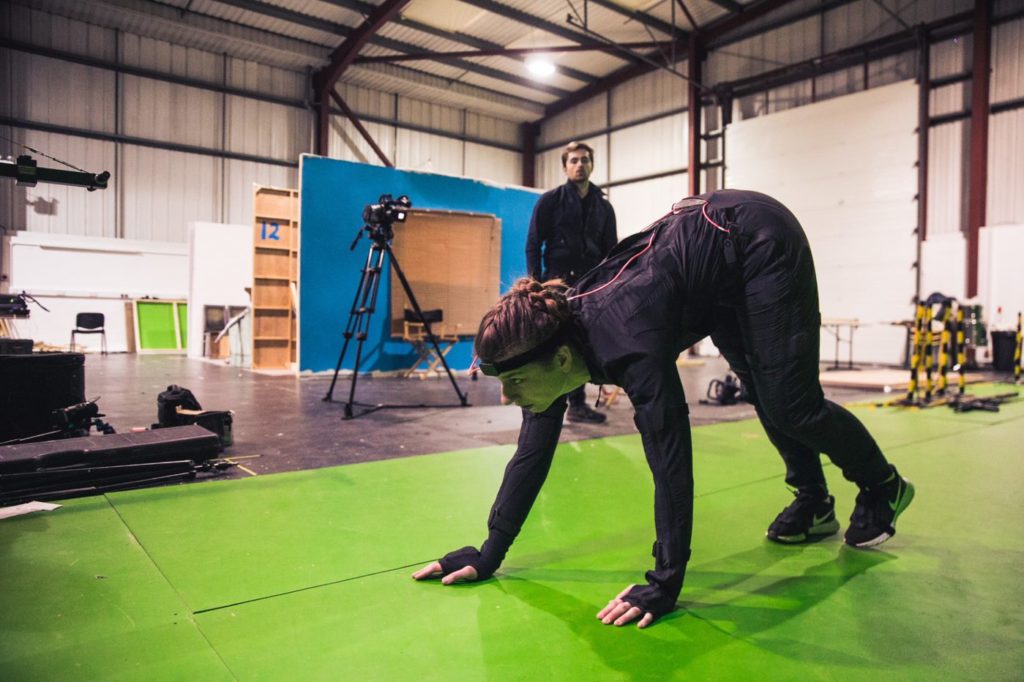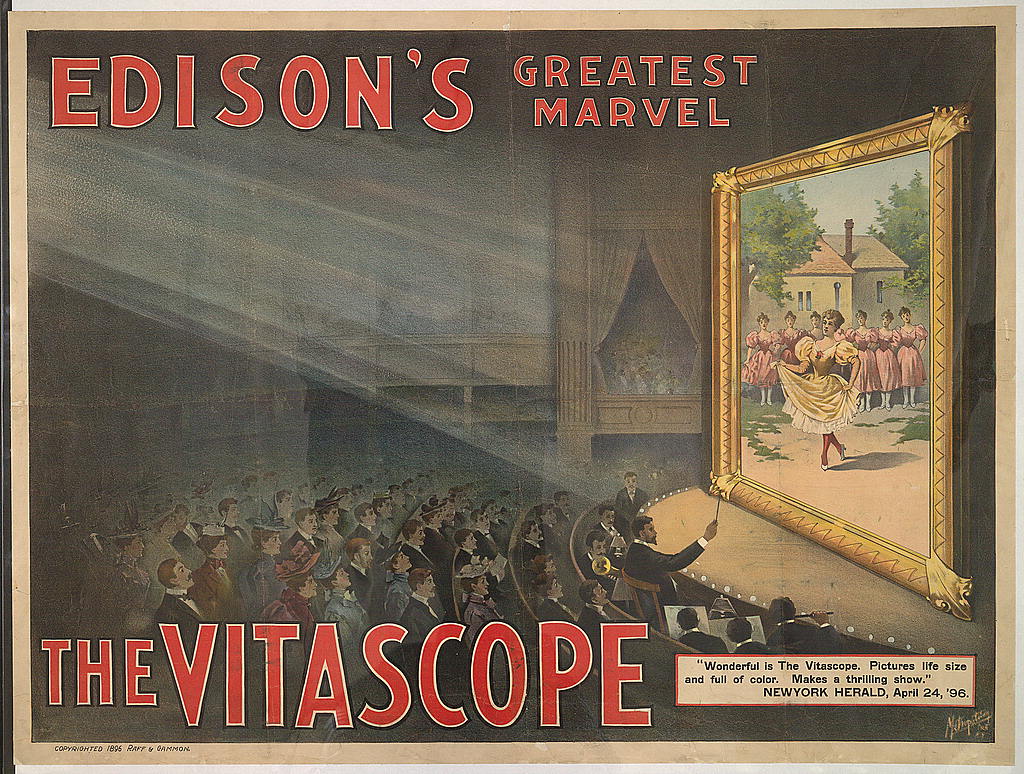Book Project on Digital Visual Effects, Race, and Cinematic Performance

In this new book project, I examine how digital visual effects in Hollywood films construct ideas about race. I look at both onscreen depictions and the production process, focusing on films that use performance capture, morphing, and de-aging technologies. I argue that despite digital technologies potentially allowing for colorblind casting and digital character design, instead […]
Virtue Through Suffering: The American War Film at the End of Celluloid

The World War II combat films made in Hollywood in the late 1990s and early 2000s demonstrate nostalgia for the celluloid-based, documentary-inspired techniques of the 1940s, while at the same time reveling in the possibilities of computer-generated imagery. This potential contradiction converges on the body of the American soldier, whose physical suffering is illustrated with […]
Visual Effects: The Modern Entertainment Marketplace (2000-present)

Since 2000, digital visual effects have played a central role in Hollywood’s governing business model of developing high-budget blockbuster franchises like Star Wars, Harry Potter, Pirates of the Caribbean, Transformers, and the Avengers films. In the first years of the new century, the Lord of the Rings films exemplified this trend, introducing groundbreaking new digital […]
Blackface, Happy Feet: The Politics of Race in Motion Capture and Animation

Focusing on the animated, musical feature Happy Feet (George Miller, 2006), this essay explores the implications of the use of motion capture for the representation of black performance. As an optical-digital hybrid, motion capture combines records of actual movement with digitally created images and environments. The technology renders the performer simultaneously visible and invisible: real […]
More than a Man in a Monkey Suit: Andy Serkis, Motion Capture, and Digital Realism

This essay examines the design and performance of the title character of King Kong in Peter Jackson’s 2005 remake, as well as their decision to expose their behind-the-scenes work in publicity material, online production diaries, and DVD special features. I argue that these ancillary materials do more than just promote the film; they also introduce […]